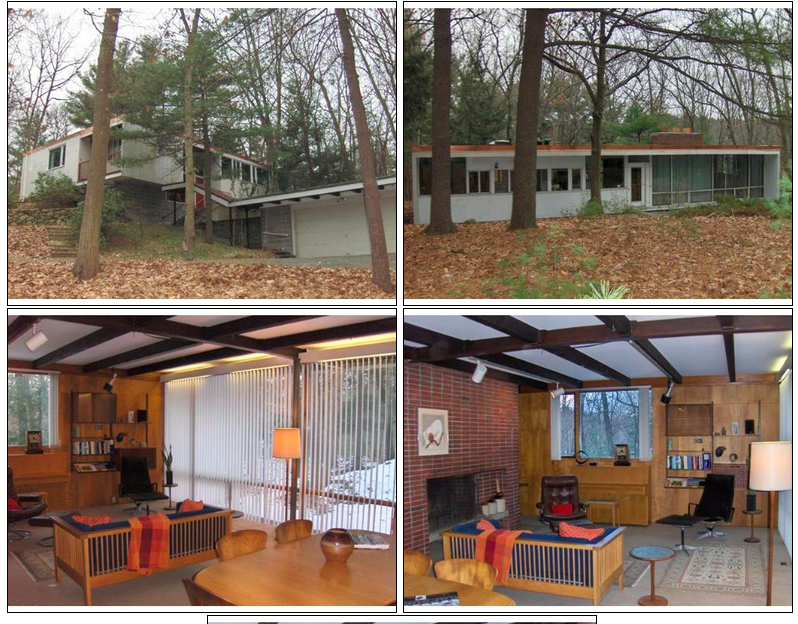
With our new listing at 4 Turning Mill Road coming on the market this week, I was reminded of the Ralph Rapson-designed home around the corner at 34 Robinson Road. It was last sold in 2007 for $727,605. At that time, my visits there showed that it needed a lot of work, but what a cool house.
Ralph Rapson studied under Saarinen at Cranbrook Academy. As noted on the Rapson web page run by his son, Toby, “Ralph Rapson grew up drawing all the time wth his left (and only) hand. His imaginative, skillful drafting got the attention of Eliel Saarinen and landed him a scholarship at Cranbrook Academy in Bloomfield Hills, Michigan. There, working with the likes of Eero Saarinen, Charles Eames, Harry Bertoia, and Florence Schust (Knoll), Rapson was known for his creativity and his deft, lively drawings of furniture and buildings.”
Rapson taught at MIT from 1946-54 and opened a store called Rapson-Inc. on Datrmouth Street in Copley Square in Boston in 1950 to showcase modern design, three years before the better-known and more remembered Design Research (D/R) Store, founded by Ben and Jane Thompson, opened in Harvard Square. It seems that Rapson only designed a couple of single-family private residences in the area.
For the Schechter House in Lexington, Rapson was presented with a challenge from the client, who had picked up around 100 insulated doors at a surplus sale, and was to “incorporate them into the design.”
In 1950, Rapson also collaborated with Carl Koch — designer of that aforementioned new Techbuilt listing — and others on the design of the Eastgate Apartments on Memorial Drive in Cambridge, built for the growing demand for graduate student housing at MIT, a result of the successful G.I. Bill.
As noted on the Rapason web site, “Boston isn’t perceived as a hub of Modernism in the way that Palm Springs is, but in reality, the city and its modern retailers played a huge role in the development of Mass Modernism.” We modernistas in the area know this to be true. But it is the perception of many, both in and out of the region, that Boston is all about architectural conservatism. A lingering question for us at modernmass.com is, will we who appreciate this legacy of thoughtful design pick up the torch and keep the tradition of the region’s progressive modern residential architecture alive?
Thanks to the Triangle Modernist and Rapson-Inc. sites for research information used in this post.


